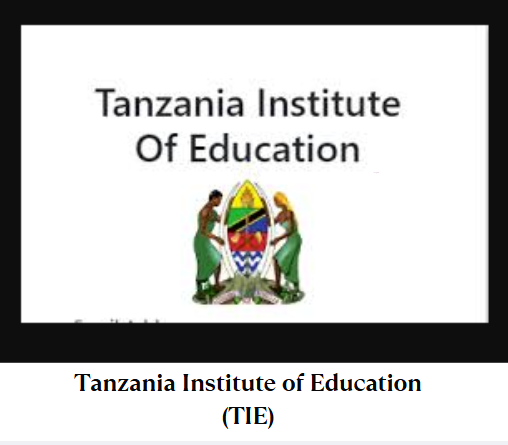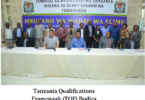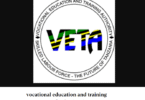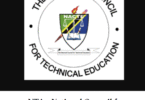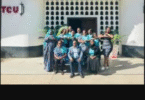When you think about what children learn in Tanzanian classrooms, there’s one name behind the scenes making it all happen: the Tanzania Institute of Education, or simply, TIE.
TIE is a government institution under the Ministry of Education, Science and Technology, and it plays a major role in shaping the education system in the country. From the books students read to the subjects they’re taught, TIE is at the center of it all.
What Exactly Does TIE Do?
TIE isn’t just about writing syllabi or checking off boxes. Its mission is bigger than that—it’s about making sure what students learn actually prepares them for life.
Here’s what TIE focuses on:
1. Developing the Curriculum
TIE designs and updates the school curriculum for all levels—from pre-primary and primary to secondary and teacher training colleges. They don’t just throw in academic content. The curriculum encompasses real-world themes such as life skills, gender equality, the environment, and technology, enabling students to learn more than just theory.
2. Creating Learning Materials
Once the curriculum is established, TIE develops textbooks, teacher guides, and other instructional materials to support it. These are the books and resources used by schools nationwide.
3. Supporting Teachers
It’s one thing to have an excellent curriculum, but teachers need to know how to use it. That’s why TIE offers workshops and training sessions, helping educators understand the curriculum and use it effectively in their classrooms.
4. Researching What Works
Education is constantly evolving. TIE researches to find out what’s working in Tanzanian classrooms—and what could be done better. This information helps improve both teaching and learning.
5. Following Up
TIE also monitors how schools are implementing the curriculum. If something isn’t working as planned, they step in and look for ways to make improvements.
Can You Take Courses at TIE?
Not exactly. TIE isn’t a university or a technical college, so it doesn’t offer long-term academic programs. But it does provide:
- Short courses and refresher training for teachers, school leaders, and education officers
- Seminars on how to use teaching materials
- Training in modern and inclusive teaching methods, including ICT
These are designed to enhance the skills of individuals already working in the education sector, enabling them to stay current with classroom changes.
How Is TIE Organised?
TIE doesn’t have “faculties” like a typical university. Instead, it has several departments, each focusing on a different area of work:
- Curriculum Development – The team behind what’s taught in schools
- Materials Development – Creates books and learning resources
- Research and Evaluation – Studies the education system to suggest improvements
- Training and Professional Development – Organises workshops and training
- Library and Documentation Centre – Stores and shares key education documents and research
Why TIE Matters
TIE has significantly helped reshape education in Tanzania. One of its biggest achievements? Introducing the competence-based curriculum—an approach that focuses on building real skills and understanding, not just memorizing facts.
Thanks to TIE, today’s curriculum also includes topics that truly matter, such as environmental protection, health, gender equality, and responsible citizenship. In short, it’s preparing students for the real world, not just the classroom.
Behind every successful teacher and every engaged student, TIE is there, working quietly but powerfully to make sure education in Tanzania keeps moving forward.
